Practice and review vocabulary associated with basic animal needs with this worksheet.
🐘 Basic Needs of Animals 🐐
What do all animals need to survive? They need food, water, shelter, oxygen, and a space to survive. Some animals also have other special factors that help them thrive. These may include specific behavioral and/or structural adaptations. This cloze-reading style science worksheet will help your students use vocabulary terms to complete a variety of sentences.
This worksheet covers basic animal needs, such as food, oxygen, water, shelter, etc. Students will demonstrate their understanding of what animals need in order to survive by completing each of the ten sentences with a word from the word bank.
An answer key is included with your download to make grading fast and easy!
Tips for Differentiation + Scaffolding
In addition to independent student work time, use this worksheet as an activity for:
- Guided science groups
- Lesson warm-up
- Lesson wrap-up
- Fast finishers
- Homework assignment
- Whole-class review (via smartboard)
For students who need a bit of a challenge, encourage them to create a poster showing the basic needs of animals. Students can create labels and illustrations showing the need for food, shelter, water, etc.
If there are students who need additional support, consider completing this worksheet in a 1-on-1 setting or with a small group. Additionally, invite students to reference previous lessons, assignments, or anchor charts to support them with this activity.
🖨️ Easily Download & Print
Use the dropdown icon on the Download button to choose between the PDF or editable Google Slides version of this resource.
Because this resource includes an answer sheet, we recommend you print one copy of the entire file. Then, make photocopies of the blank worksheet for students to complete.
To save paper, we suggest printing this 2-page worksheet double-sided.
Turn this teaching resource into a sustainable activity by printing on cardstock and slipping it into a dry-erase sleeve. Students can record their answers with a whiteboard marker, then erase and reuse them.
Additionally, project the worksheet onto a screen and work through it as a class by having students record their answers in their notebooks.
Get more worksheets to have handy!
This resource was created by Allie Kleijnjans, a teacher in Pennsylvania and Teach Starter Collaborator.
Don’t stop there! We’ve got more activities to shorten your lesson planning time:
[resource:61398] [resource:2653250] [resource:145675]


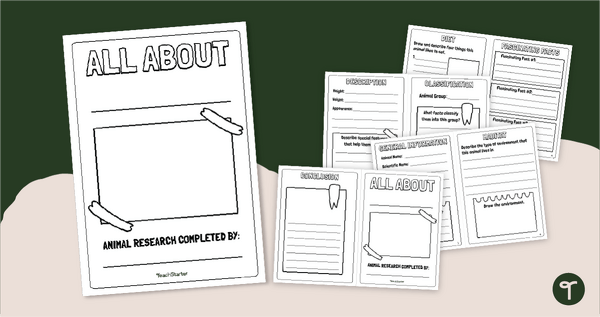
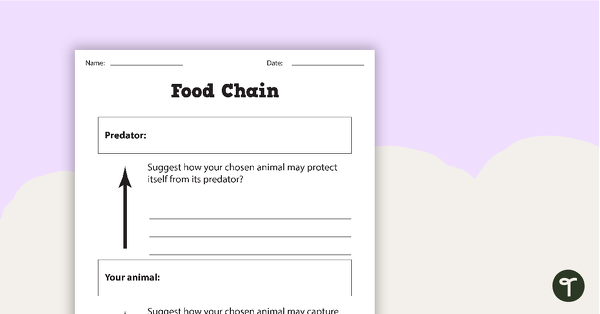
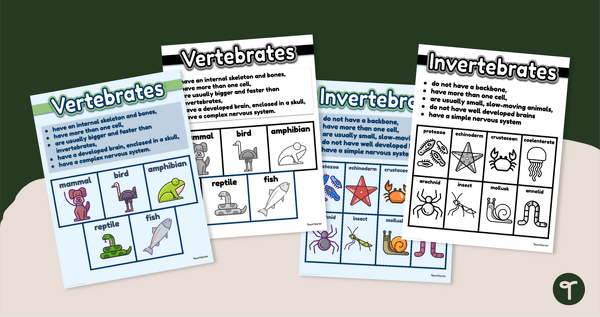
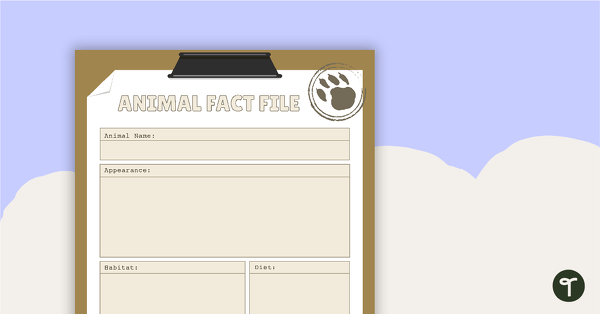
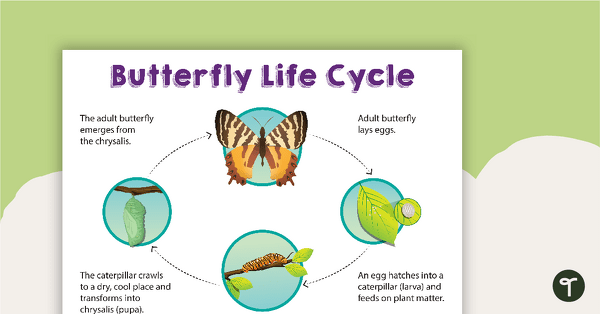
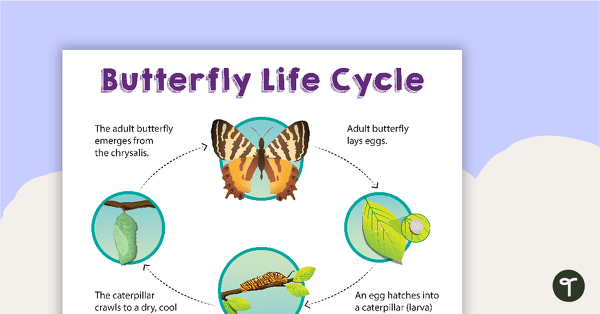
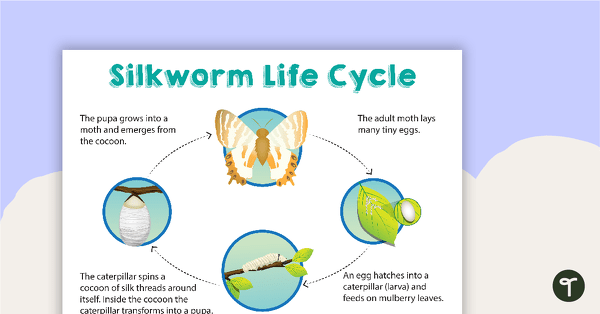
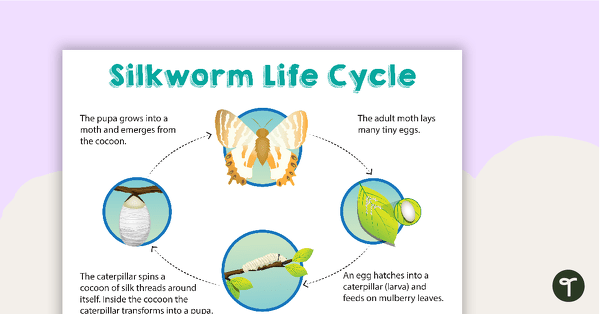
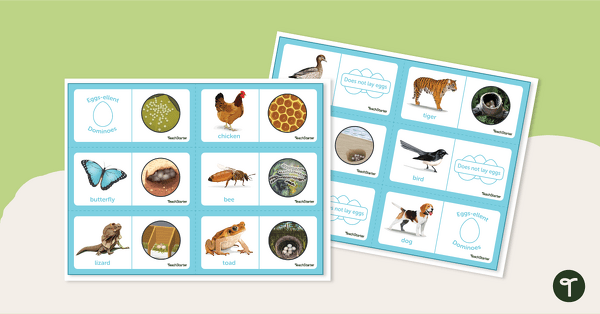
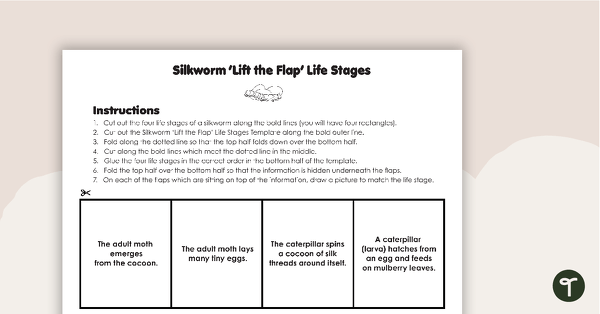
0 Comments
Write a review to help other teachers and parents like yourself. If you'd like to request a change to this resource, or report an error, select the corresponding tab above.